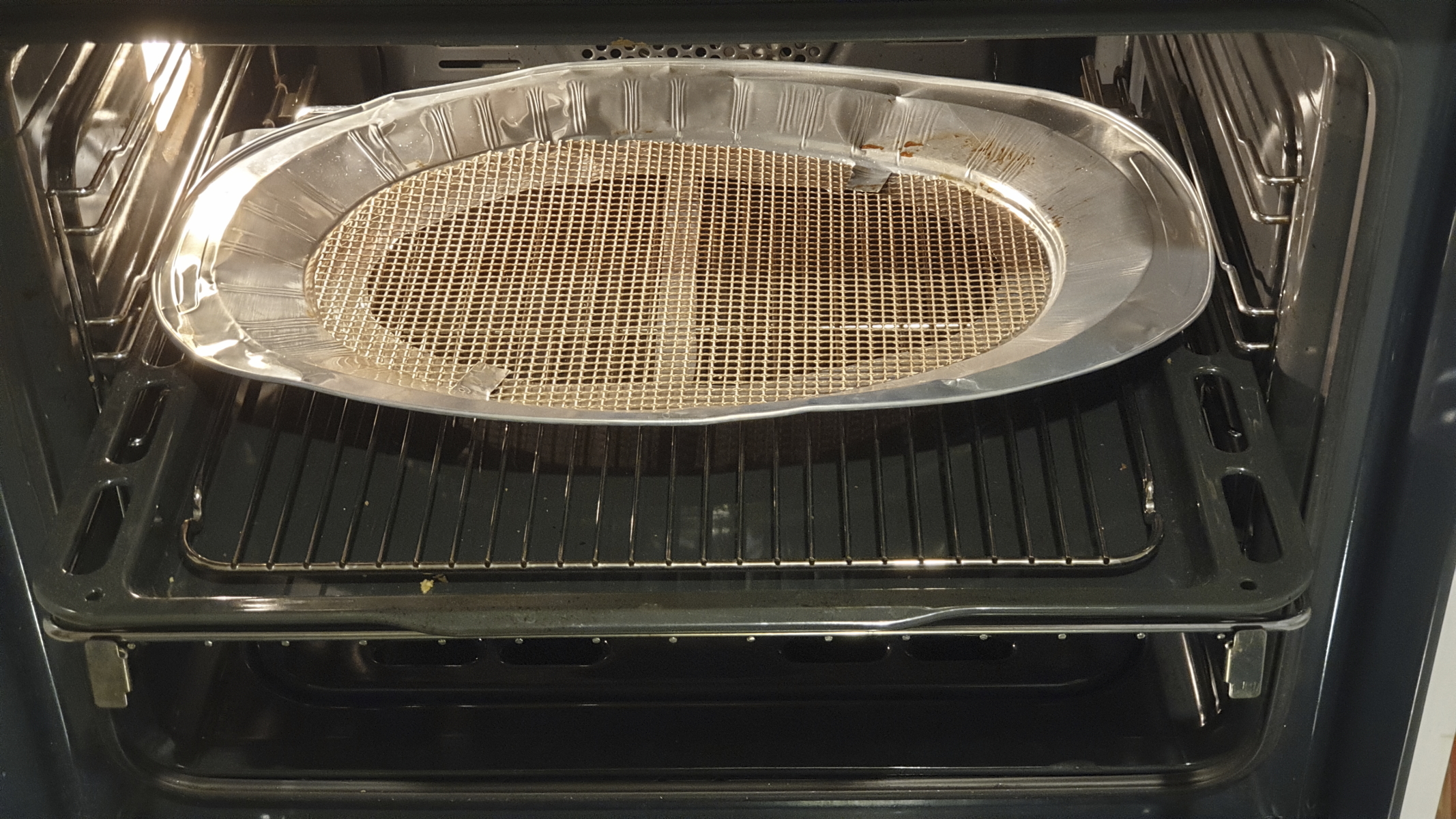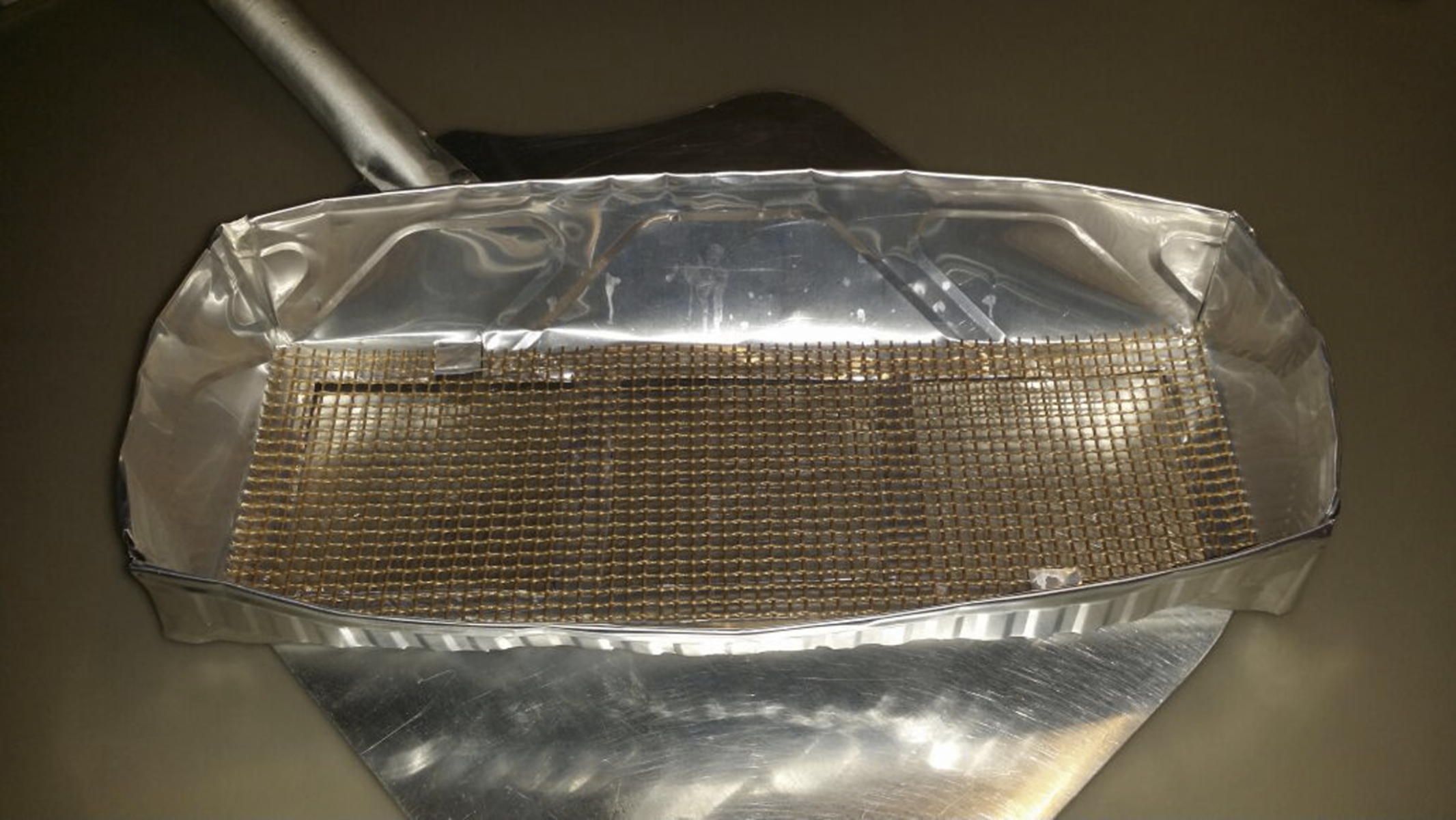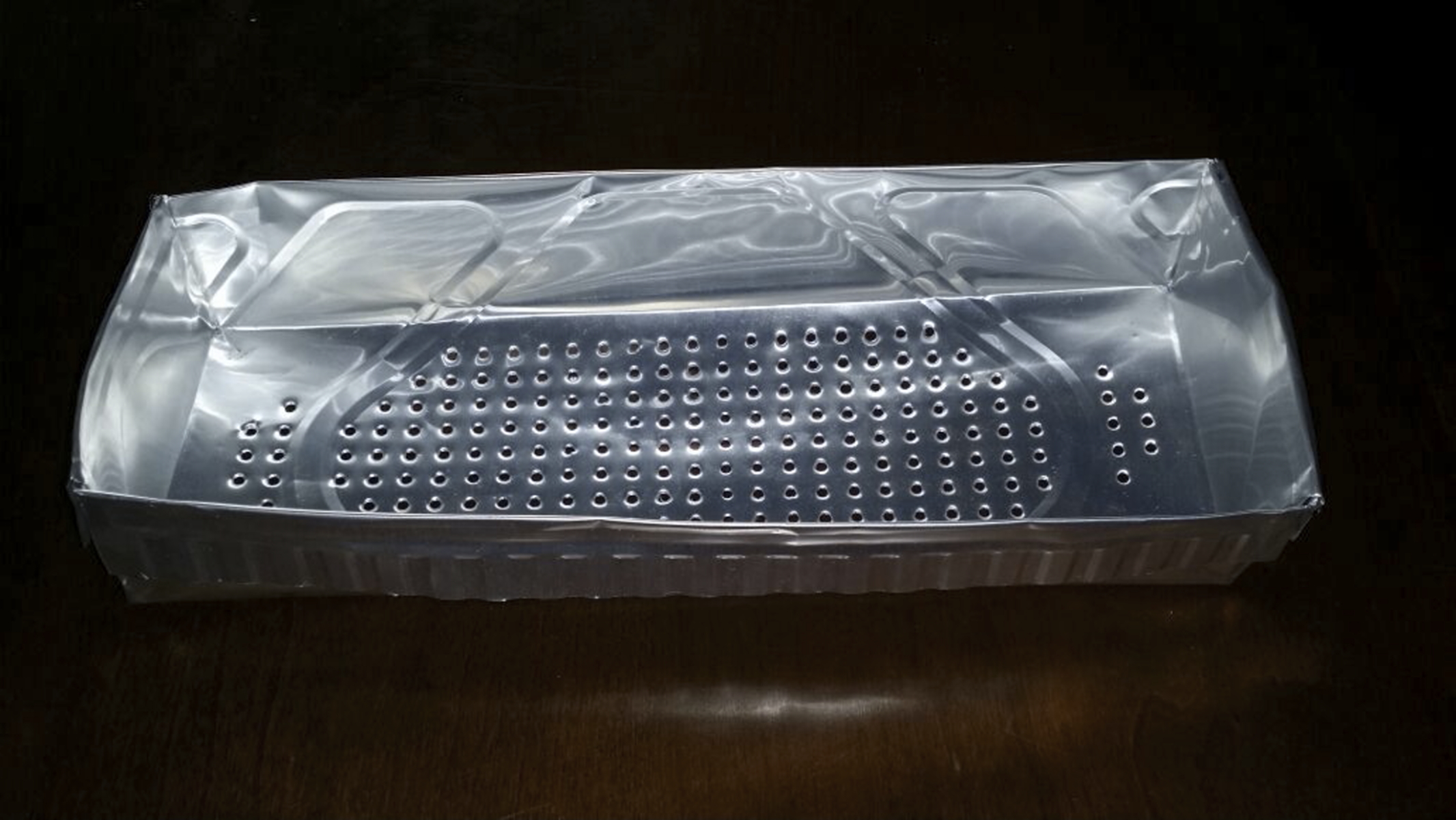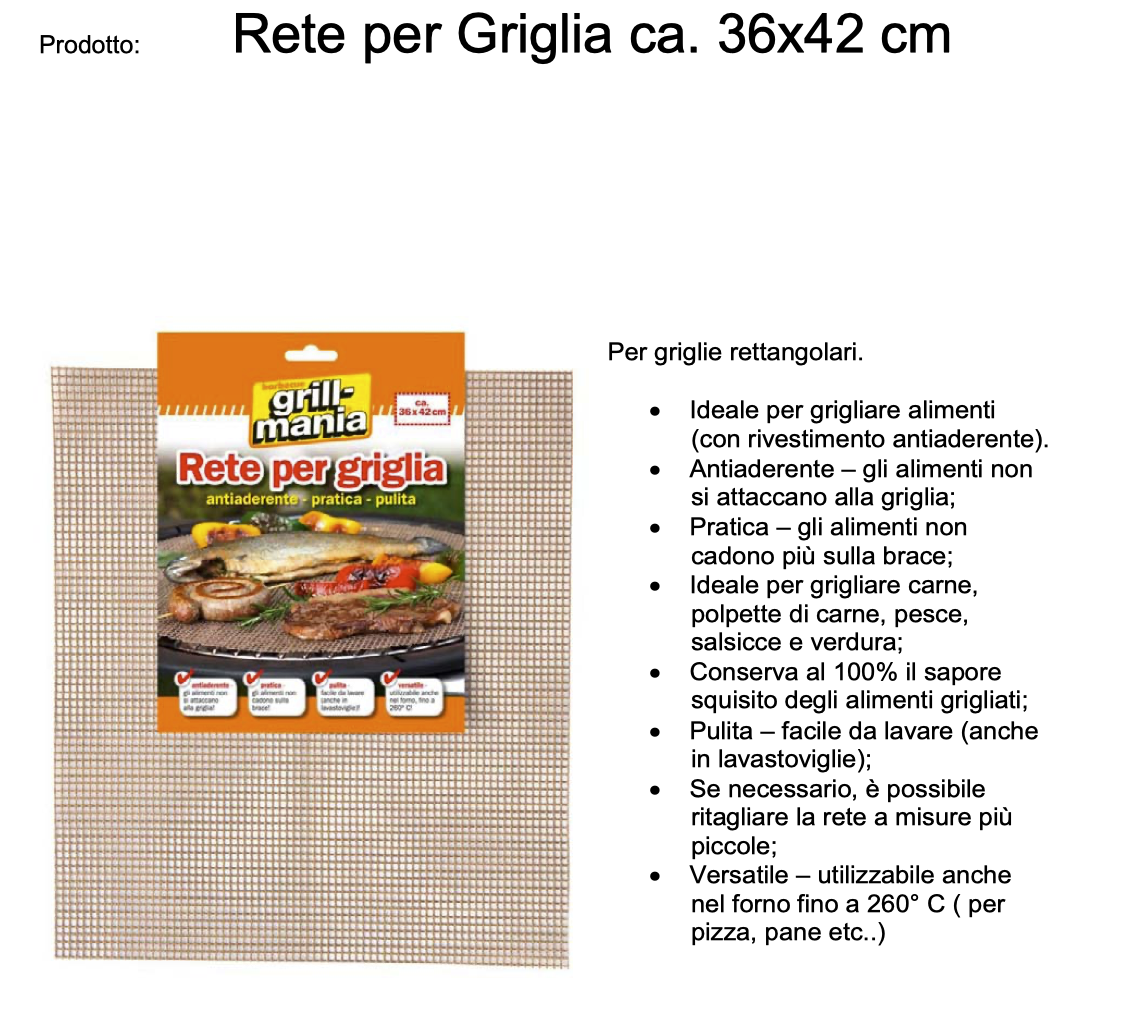Nuovo test con metodica indiretta per ottenere un pane di grano monococco ad altissima digeribilità e tollerabilità. (idoneo per persone sensibili al glutine/grano non celiache).
Premessa
Questo test fa seguito a quello presentato in data 27-settembre 2019: https://glutenlight.eu/2019/09/27/pane-di-grano-monococco-piccolo-farro-100/
Da quella presentazione prendiamo tutta la parte introduttiva che rimane invariata: “La ricerca scientifica ha da tempo evidenziato, oltre la grande digeribilità, e la ricchezza dei contenuti di minerali, anche l’elevata tollerabilità di alcune varietà del grano monococco https://glutenlight.eu/2019/03/11/tollerabilita-del-grano-monococco/. Per questo motivo dedichiamo a questo grano una particolare attenzione.
La farina di grano monococco presenta alcune difficoltà per la realizzazione di pane e/o prodotti da forno secchi.
In sintesi alcune possibili difficoltà sono:
1. La minore quantità di glutine
2. La minore forza del glutine
3. Danneggiamento amido accentuato (1)
4. Amilasi troppo debole (falling number superiore a 350). (2)
Inoltre la realizzazione di prodotti per persone sensibili al glutine/grano ma non celiache richiede lunghi tempi di maturazione dell’impasto affinché i processi enzimatici operino anche le trasformazioni (idrolisi) degli amidi e del glutine (https://glutenlight.eu/2019/03/12/maturazione-e-fermentazione-di-un-impasto-acqua-farina-e-lieviti-e-o-batteri-lattici/). Tempi lunghi (oltre 24 ore) non sono compatibili con la stabilità di questo tipo d’impasti a temperatura ambiente o superiore; dovrà essere utilizzata una cella a temperatura bassa (4-6 gradi) per rallentare la lievitazione e favorire la maturazione dell’impasto (oppure, per preparazioni casalinghe, il frigorifero). Finita la maturazione si procederà, poi, rapidamente alla lievitazione. Dovrà essere utilizzata, sempre perché il prodotto è pensato per persone sensibili al glutine/grano ma non celiache, la pasta madre dello stesso grano che utilizziamo o del grano monococco più digeribile e tollerabile. Questa pasta madre non darà grande apporto per la lievitazione. La scarsità di glutine, inoltre, non genera un reticolo glutinico abbondante né peraltro forte: rischiamo di avere un pane basso e compatto. Si dovrà immettere aria nell’impasto durante la preparazione. Si dovrà utilizzare una percentuale limitatissima di Lievito di Birra compresso fresco che ha funzione di starter e collaborazione con i lattobacilli. La farina da usare dovrebbe essere sempre da coltivazione biologica: l’uso di composti azotati aumenta sia la percentuale di glutine che la forza ed altera il rapporto glutenina gliadina. https://glutenlight.eu/2019/03/14/i-fertilizzanti-e-il-grano/. Queste note fanno parte di una nuova metodica industriale per la realizzazione d’impasti per pane e prodotti secchi adatta con farine povere di glutine (percentuale di glutine s.s. e “forza del glutine” limitate). Sono le farine che, nella prassi corrente, non vengono utilizzate per la produzione di pane.”
Metodica scelta: questo test è realizzato utilizzando la metodica del pre-impasto seguito dall’impasto finale.
Precisazioni: la metodica è stata adattata per una preparazione casalinga, quindi senza l’uso –ad esempio- di una cella a temperatura e umidità controllate. Tempi e temperature sono stati definiti per la farina di grano monococco tipo ID331 semintegrale (passante al setaccio 600 micron), macinata a pietra, produttore “Podere Pereto Rapolano Terme 53040 SI” raccolto 2019. Questa precisazione è necessaria, perché soprattutto tempi e temperature variano secondo la farina (tipo e raccolto) e il suo grado di raffinazione (quantità di crusca presente). Ulteriore precisazione: la metodica è per persone esperte”.
Il pre-impasto, una sorta di biga, attiva, rispetto all’impasto diretto, una quantità maggiore di lieviti e batteri lattici nonché attiva i processi enzimatici della farina che non solo conferiranno più profumo e sapore al prodotto finito ma anche contribuiranno in modo sensibile sia ad aumentarne la digeribilità che la tollerabilità. Anche lo scopo di questo test (come dei precedenti) è quello di cercare di arrivare al limite di tenuta dell’impasto (oltre si ha la disgregazione totale della maglia glutinica). In modo che i lattobacilli della pasta madre e gli enzimi endogeni della farina possano idrolizzare (rompere) il più possibile il glutine per renderlo più digeribile e tollerabile. Il prodotto che si ottiene è un pane idoneo alle persone (NON CELIACHE) che hanno moltissima difficoltà con il glutine. Ovviamente è possibile diminuendo, per esempio, il tempo di fermentazione da 21 ore a 18 in modo da avere un impasto meno idrolizzato ottenendo un pane assolutamente eccellente. L’ indice “W” di questa farina è modesto collocandosi sotto il valore di 50. Questo fa si che l’impasto abbia poca stabilità e sviluppa una maglia glutinica limitata e debole. Ricordo che in tutti gli impasti realizzati con farine con poca “forza” è indispensabile riuscire a immettere aria nell’impasto che, in fase di cottura, contribuirà a rendere la mollica non compatta.
Ingrendienti
Idratazione 60% 900 =540gr. (effettiva con 45 acqua licoli = 585gr. pari al 65% circa)
| preimpasto | impasto | |||
| 1 | Farina | 400gr. | 500gr. | |
| 2 | Acqua | 180gr | 540-180 =360gr | 260 + 100 (-20gr)* |
| 3 | LiCoLi | 90gr. | 0 | |
| 4 | L. di B. | 0,8gr.+10gr. acqua | 0,8gr.+10gr. acqua | |
| 5 | Malto | 0 | 10,8gr. | |
| 6 | Sale | 0 | 16,2gr. | 1,2% di 900gr. |
| 7 | 11gr. | 38gr. | 1,8% di 900gr. | |
| 8 | 681gr. | 898gr. |
* questo valore è variabile in funzione dell’umidità della farina e anche del grado di macintura, nel test eseguito la quantità di acqua aggiunta nella fase finale (5 step) è stata, appunto 80gr. Anziché 100gr. Che era il valore medio standard da utilizzare.
1 step: rinfrescare la pasta madre -realizzata con il grano monococco Podere Pereto- in forma liquida (Li.Co.Li) due volte di seguito e utilizzarla ben matura (i tempi per la preparazione variano in funzione della temperatura ambiente, mediamente 4 ore + 4 ore). Il LiCoLi va conservato (per precauzione) in frigorifero e, quindi, prima di rinfrescarlo va tenuto per almeno 1 ora a temperatura ambiente.
2 step: preparare il preimpasto con 400gr. di farina e 180gr. di acqua, entrambe fredde (di frigorifero), 90gr. di LiCoLi e 0,8gr. di Lievito di birra compresso fresco sciolto in pochissima acqua non fredda. Il preimpasto va mescolato non incordato, non deve essere bagnato né secco ma grumoso pastoso. La temperatura del preimpasto a fine preparazione deve essere di circa 18C°.
3 step: mettere il preimpasto in una ciotola di plastica (leggermente unta di olio di semi) coperta a 18C° per 12 ore.
4 step: dopo 12 ore porre il preimpasto in una ciotola da planetaria/impastatrice, aggiungere 260gr. di acqua e usare un frullatore a lame per scioglierlo ed inglobare molta aria (eseguire con cura). Aggiungere ora il malto (10,8gr.), il lievito (0,8gr.) e frullare ancora (5 minuti circa).
5 step: utilizzando ora la planetaria con il gancio aggiungere al composto di cui al precedente step tutta la farina ancora disponibile e 80gr. di acqua (non è necessario “incordare”). Se rimane farina sul fondo ciotola aggiungere un po’ di acqua, pochissima però. In questo test, fatto con il doppio della quantità di farina e, di conseguenza, il doppio di ogni altro ingrediente, ho utilizzato per questa fase l’impastatrice Mamy Forcellina 7 della Mecnosud con velocità 4 e tempo 10 minuti.
6 step: e completare a mano per omogeneizzare.
7 step: successivamente mettere l’impasto in una ciotola di plastica coperta (leggermente unta di olio di semi) in frigo per 21 ore controllando che la temperatura dell’impasto non sia superiore a 18 gradi circa in modo che al freddo l’impasto maturi ma lieviti poco, molto poco; la lievitazione avverrà successivamente (in questo test ho utilizzato una cella a temperatura controllata).
8 step: prelevare la ciotola dal frigo e metterla con il suo coperchio su un piano caldo (quello utilizzato nelle rosticcerie) riscaldato a 30 gradi per 2 ore o più (l’impasto in superficie dovrebbe arrivare ad una temperatura di circa 18/19 gradi). In questo test: 2 ore.
9 step: versare, poi, l’impasto su una spianatoia di silicone leggermente unta con olio di semi, manipolare (fare pieghe) l’impasto per 2-3 minuti circa, formare la “pagnotta” o “filone” e metterlo in un cestino da lievitazione tipo banneton (rivestito con carta forno). Porre il cestino dentro un sacchetto di plastica chiuso (serve per far mantenere all’impasto la sua umidità e non far seccare la superficie) e metterlo sul piano caldo a 30 gradi per 1 ora circa o quanto serve per la lievitazione. In questo test: 1 ora e 30 minuti.
10 step: appoggiare con tutta la cartaforno il panetto su una teglia da forno ed infornare. Si può anche rovesciare il panetto sulla teglia; utilizzo questa modalità se la superficie del panetto presenta molte screpolature. Fare i tagli della superficie purché il panetto non sia troppo lievitato o troppo idratato.
11 step: cottura mediamente 1 ora e 10 minuti (dipende dal tipo di forno). Cottura statica, possibilmente con pentolino acqua dentro per 1 ora; ultimi 10 minuti pagnotta nuda sulla griglia nel forno (il fondo della pagnotta dovrebbe essere ancora leggermente morbido). In questi 10 minuti la pagnotta crescerà ancora un pochino.Risultato: un pane con profumi e sapori sempre diversi pieni dei “sentori” del grano utilizzato. Caratterizzato da una leggera nota acida che ne accompagna il sapore merito della fermentazione operata dal lievito madre. Fermentazione acida che dona al pane digeribilità e tollerabilità elevata.
Un pane privo di note di gommosità e con lunga shelf-life. Nessun additivo, nessun miglioratore come tutti i pani presentati in questo sito. Ed ancora: crosta ruvida e buona mollica nonostante che questa farina -quasi integrale- abbia poco glutine e piuttosto debole. Con questa metodica se “spingiamo” sulla fermentazione per idrolizzare il glutine arriveremo ad ottenere un pane “sbricioloso”! Read More




